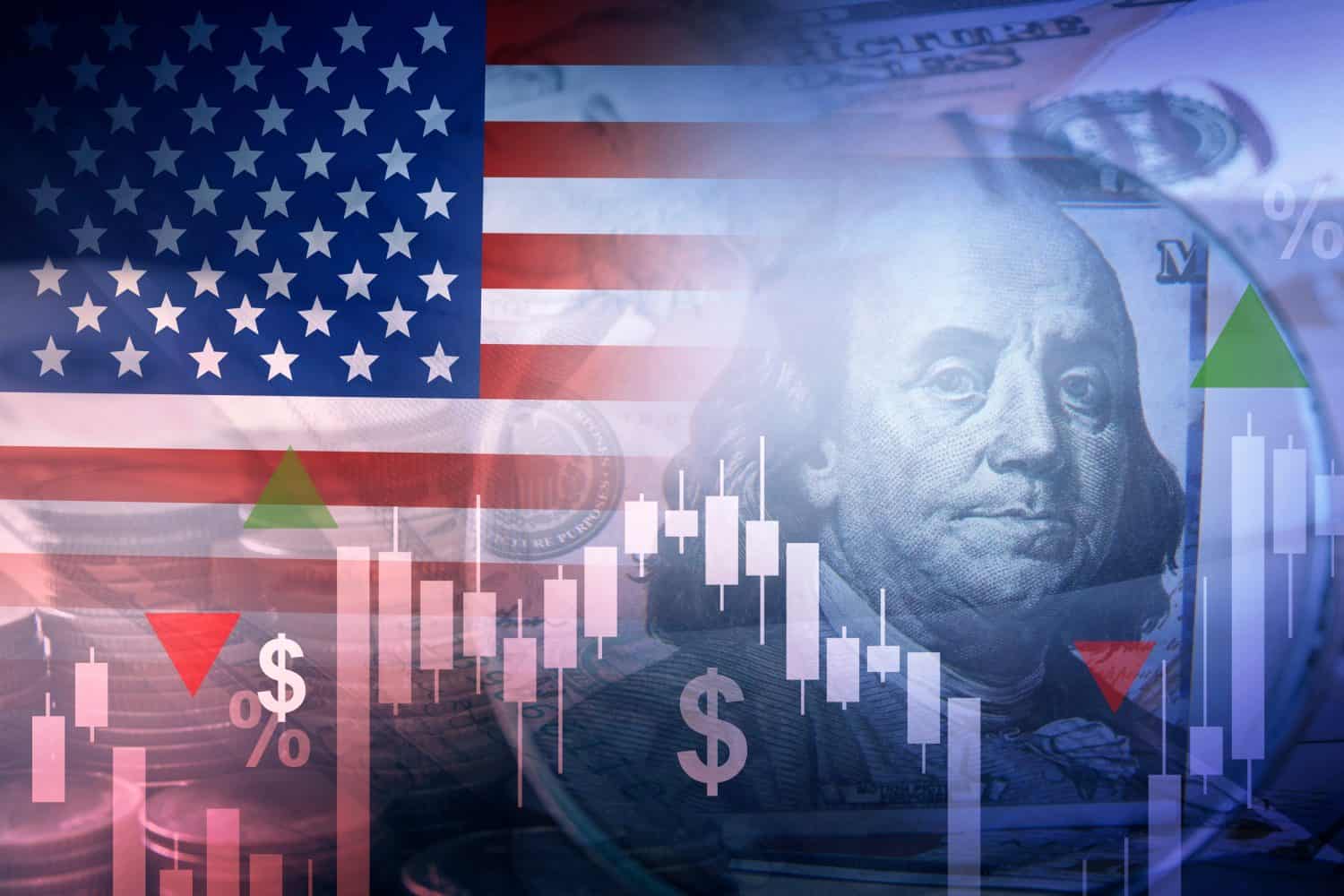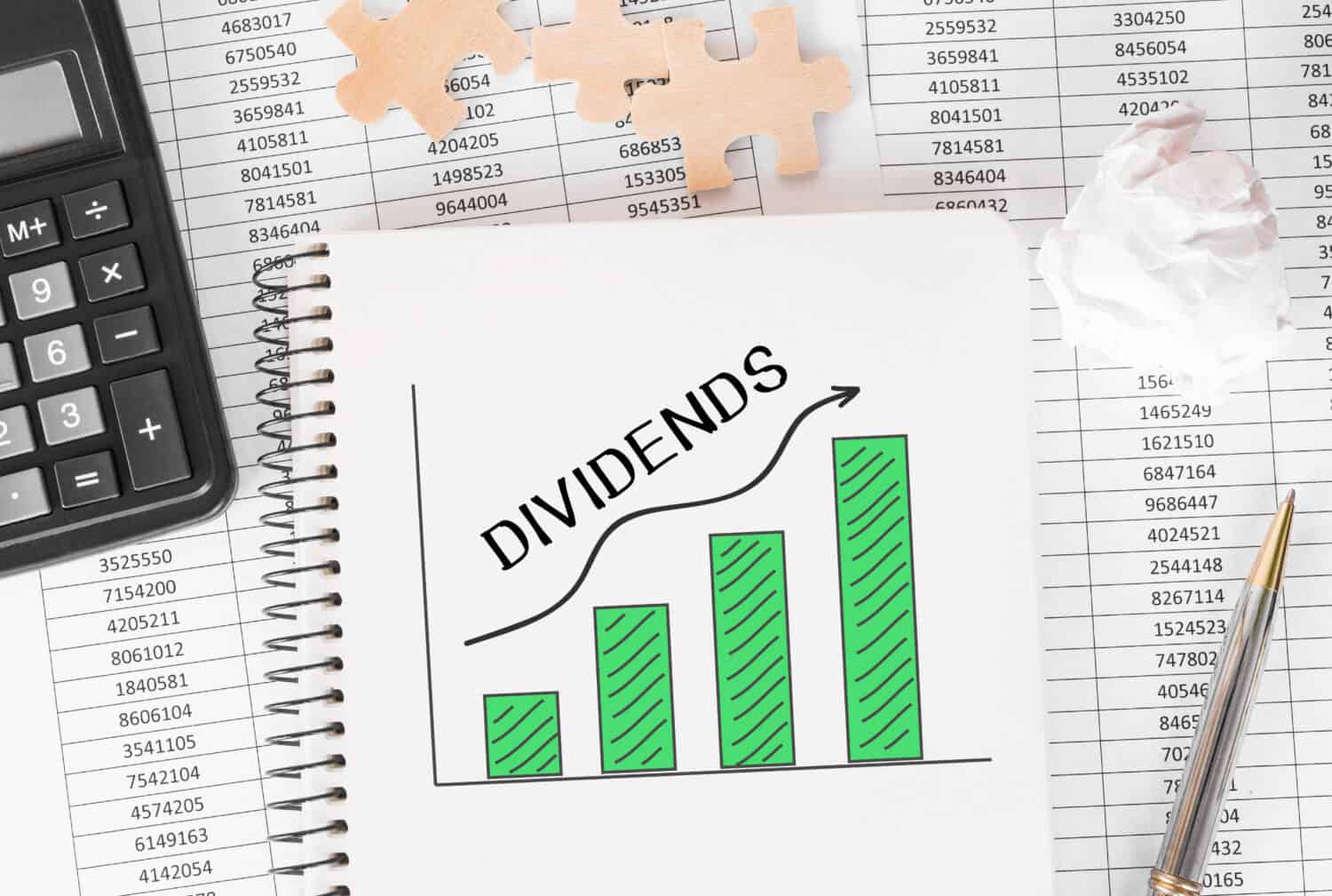Investing
These 15 Stocks Are Among the Top Dividend Payers in the Wilshire 5000

Published:

Created in 1974, the Wilshire 5000 Index was intended to be a market-weighted index of the combined NYSE, NASDAQ, and American Stock Exchange (since merged with NASDAQ in 1998). The “5,000” represents the number of stocks included at the time of creation. That count fluctuates monthly based on a calculation formula that uses the following criteria:
American Depository Receipts (ADRs), Master Limited Partnerships (MLPs), Bulletin Board, Pink Sheet, and other OTC stocks are not included in the Wilshire 5000. Nevertheless, while it is market weighted and trade volume influenced, the Wilshire 5000 Index is considered to be more comprehensive and representative of the entire mainstream US stock market than the Dow Jones Average or the S&P 500.
24/7 Wall Street Insights

While there are a substantial number of Wilshire 5000 stocks that pay dividends, the yields can range from under 1% to the nearly 18% of Orchid Island Capital, which tops the list below. Comparable to the S&P 500 or the NASDAQ Composite Indexes, member stock dividend yields average between 2% and 6%, for the most part. The few with yields in double digits are predominantly REITs. This is mostly due to SEC requirements that publicly traded REITs be registered with the SEC and that they remit 90% of profits to shareholders in exchange for access to the publicly traded capital markets.

The below 15 stocks are the highest yielding Wilshire 5000 stocks based on market price at the time of this writing. As one might expert, the majority of high-yielding stocks is overwhelmingly populated by REITs. High-yield dividend paying MLPs, such as Icahn Enterprises or Nextera Energy, and ADRs like Vale S.A., are not included in the Wilshire 5000, which explains this REIT sector domination.
| Name | Ticker | Yield | Industry |
|---|---|---|---|
| Orchid Island Capital, Inc. | ORC | 17.93% | REIT |
| Ares Commercial Real Estate Corp. | ACRE | 14.96% | REIT |
| Armour Residential REIT, Inc. | ARR | 14.31% | REIT |
| New York Mortgage Trust, Inc. | NYMT | 14.22% | REIT |
| Two Harbors Real Estate Corp. | TWO | 13.80% | REIT |
| AGNC Investment Corp. | AGNC | 13.73% | REIT |
| Global Net Lease, Inc. | GNL | 13.10% | REIT |
| Annaly Capital Management, Inc. | NLY | 12.92% | REIT |
| Dynex Capital, Inc. | DX | 12.38% | REIT |
| Ellington Financial, Inc. | EFC | 12.26% | REIT |
| PennyMac Mortgage Investment Trust | PMT | 11.38% | REIT |
| Arbor Realty Trust, Inc. | ABR | 11.33% | REIT |
| Apollo Commercial Real Estate Finance, Inc. | ARI | 11.25% | REIT |
| Community Health Care Trust Inc. | CHCT | 10.61% | REIT |
| Uniti Group Inc. | UNIT | 10.46% | REIT |

Financial research firm and mutual fund rating agency Morningstar published an economic forecast analysis in October. The leadoff sentence states: “We expect gross domestic product growth to weaken over the next year before beginning to reaccelerate as the effects of Federal Reserve rate cuts start to kick in. We still expect growth to remain positive, thus avoiding a recession. This period of weaker growth should cool off the economy and ensure that inflation returns to the Fed’s 2% target.”
Morningstar’s analysis notably sees growth slowing, but hopefully not to the extent that a recession could trigger. Contrary to this assessment, JP Morgan has stated it calculates a 35% chance of recession before the end of 2024, and a 45% chance of recession sometime in 2025.
Both analysts concur that growth is slowing and that the direction of the economy is heading down, not up – they simply disagree as to the severity. This is ominous news for most American households already hard pressed to make ends meet. US dollar buying power continues to diminish due to inflation. Obtaining a source of passive income is increasingly becoming of paramount importance.
For those families with investable assets, dividend stocks may be among the best options available.

As a source of passive income, dividend stocks have a number of attractive features:
Credit card companies are pulling out all the stops, with the issuers are offering insane travel rewards and perks.
We’re talking huge sign-up bonuses, points on every purchase, and benefits like lounge access, travel credits, and free hotel nights. For travelers, these rewards can add up to thousands of dollars in flights, upgrades, and luxury experiences every year.
It’s like getting paid to travel — and it’s available to qualified borrowers who know where to look.
We’ve rounded up some of the best travel credit cards on the market. Click here to see the list. Don’t miss these offers — they won’t be this good forever.
Thank you for reading! Have some feedback for us?
Contact the 24/7 Wall St. editorial team.